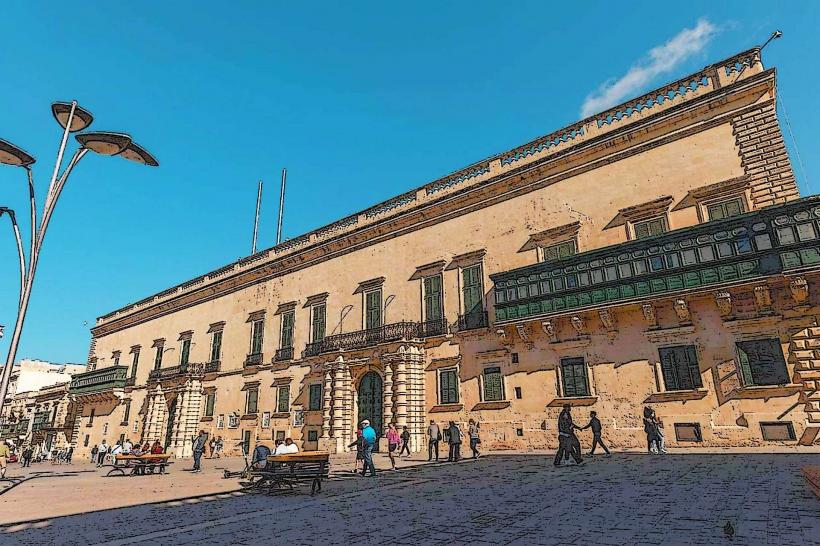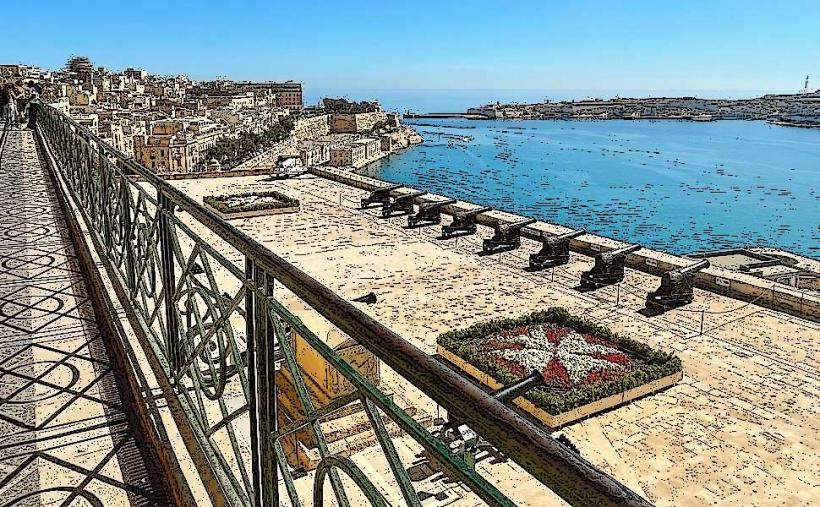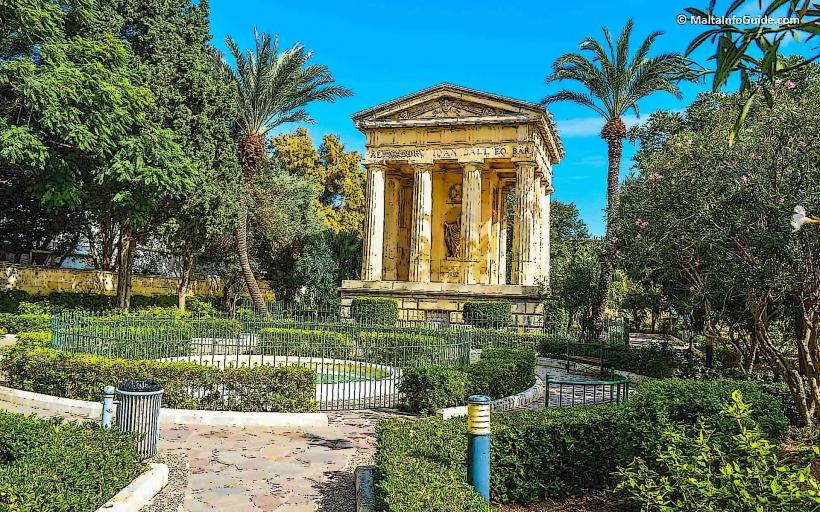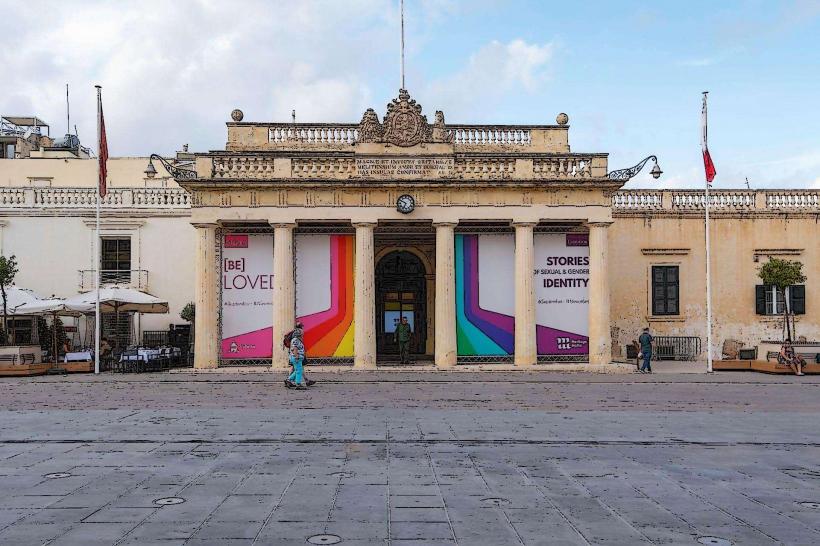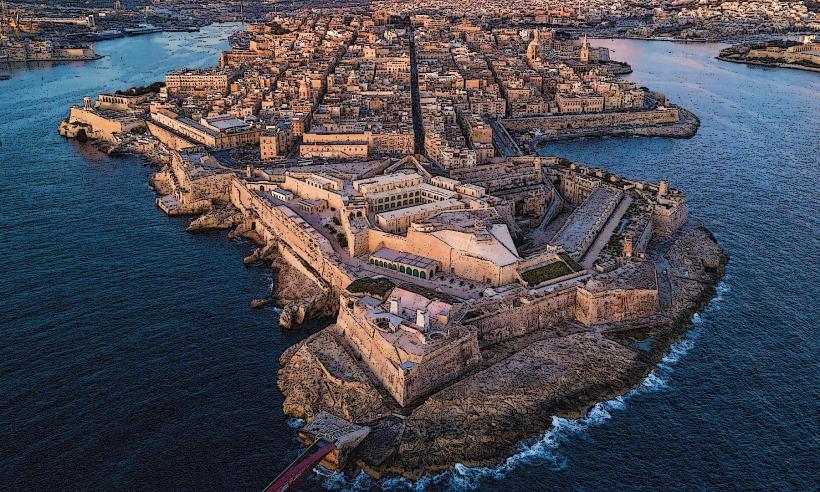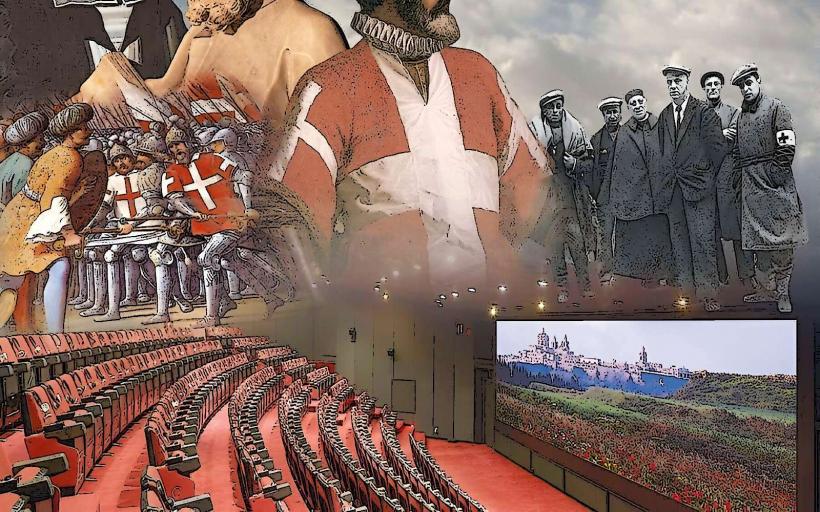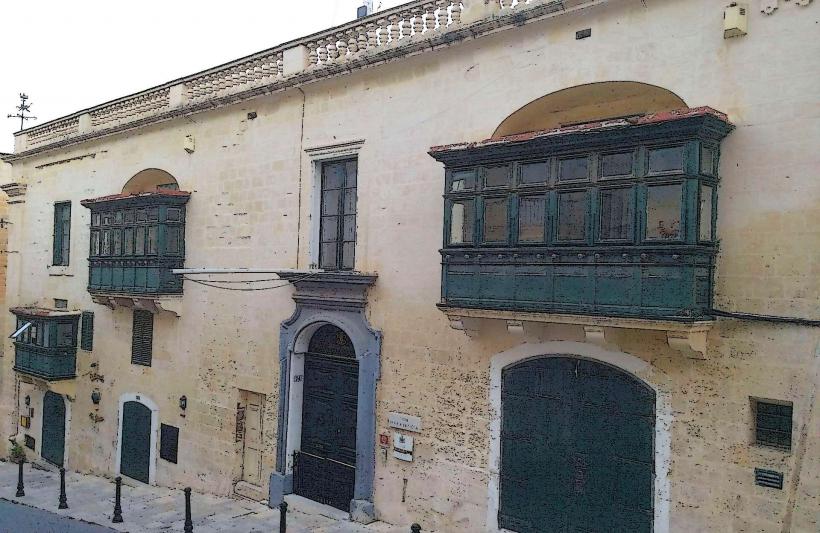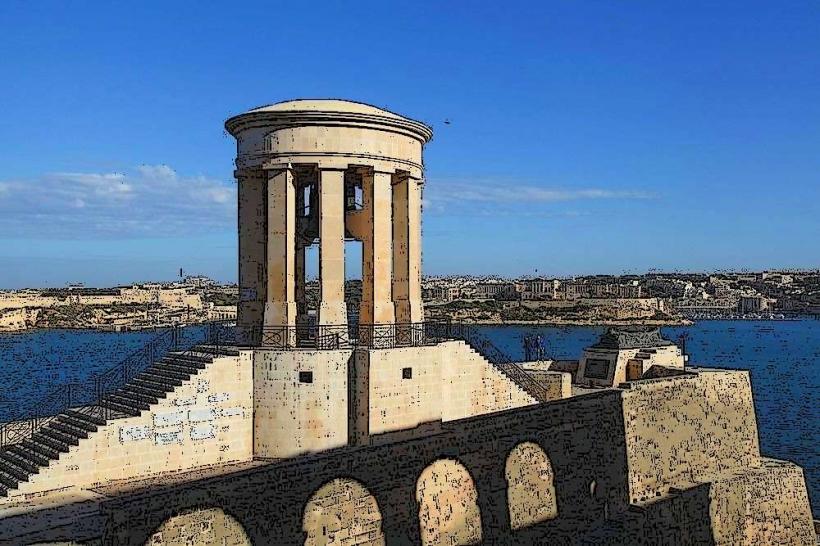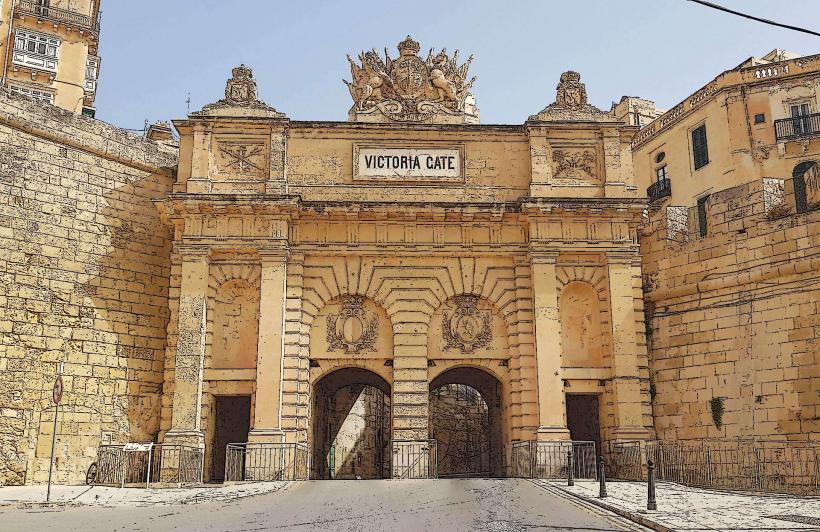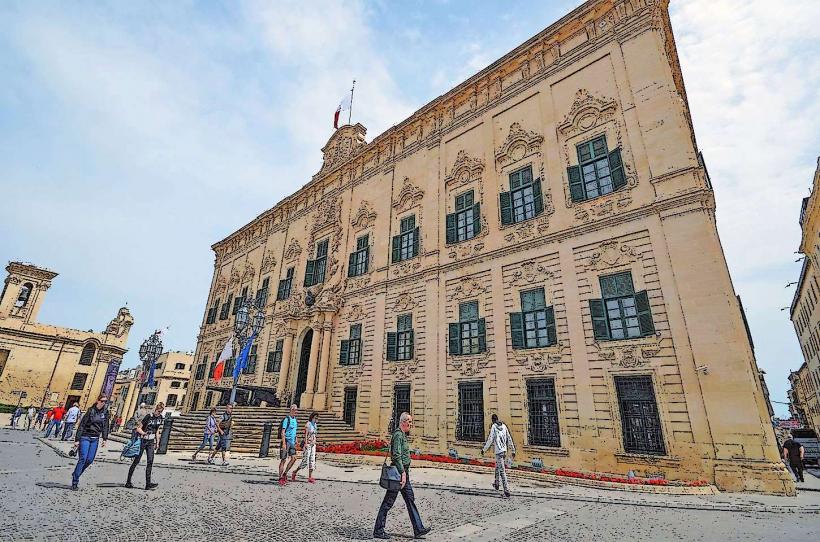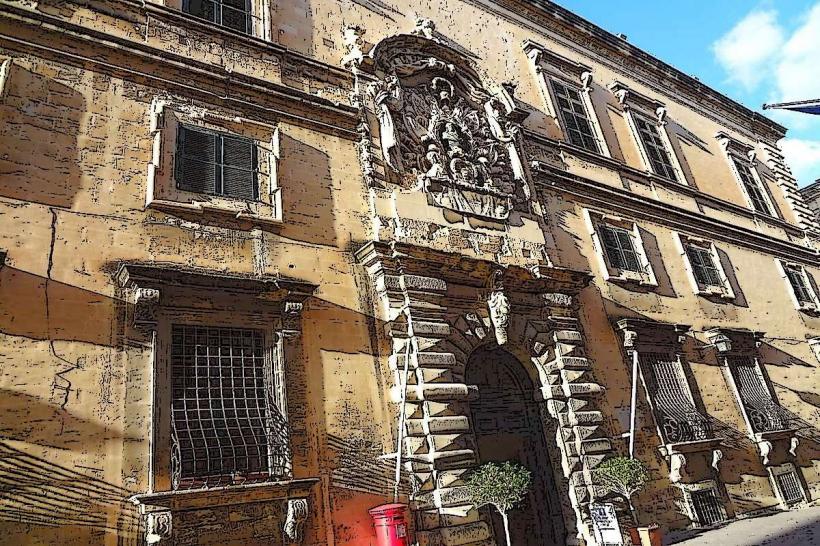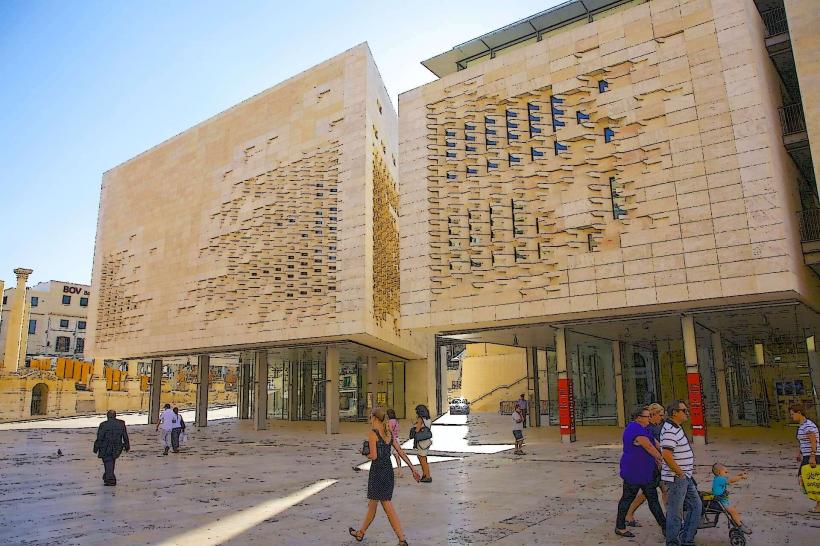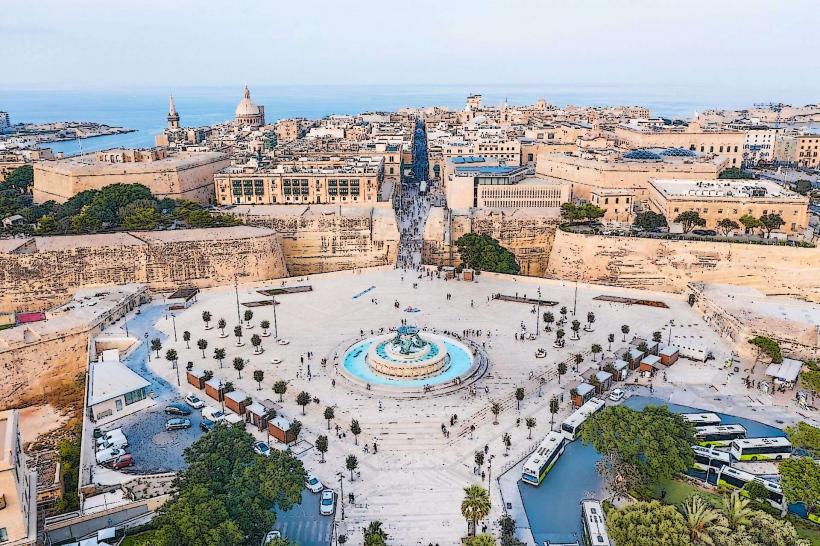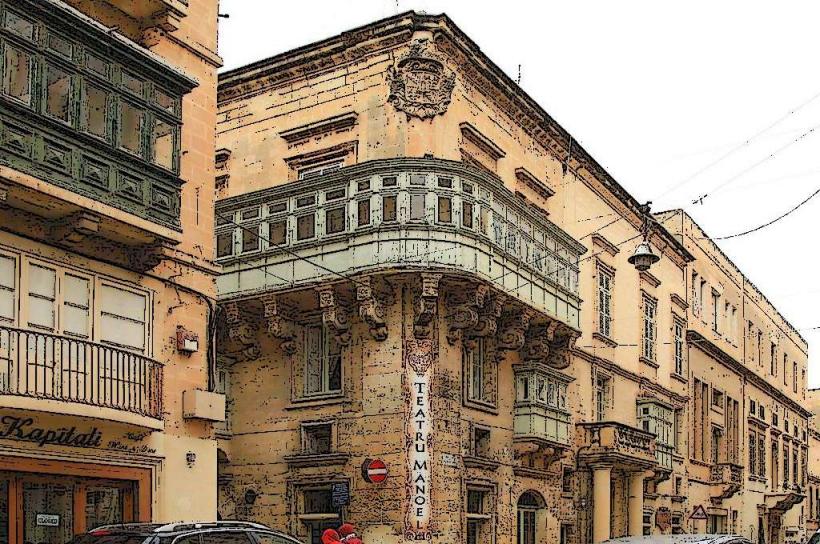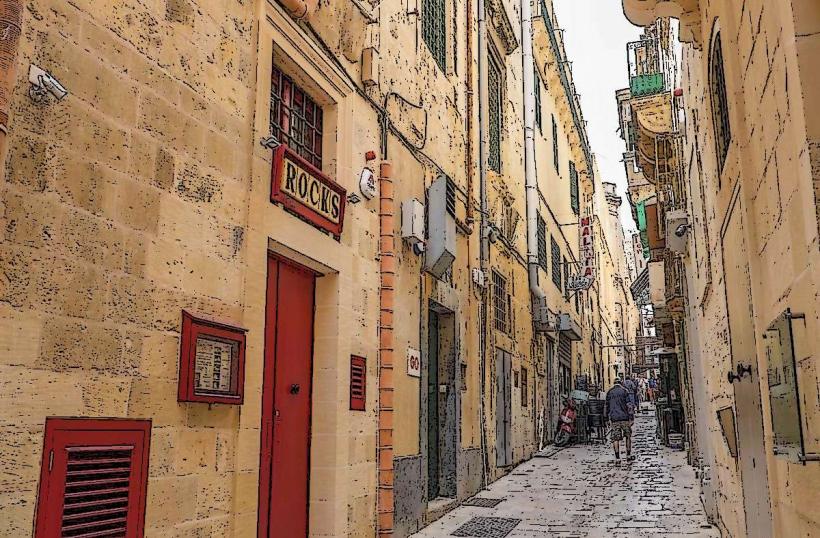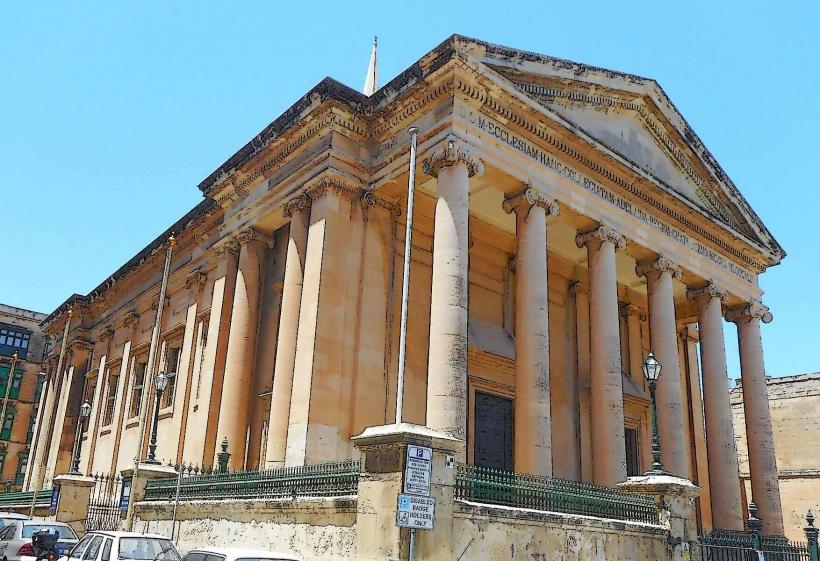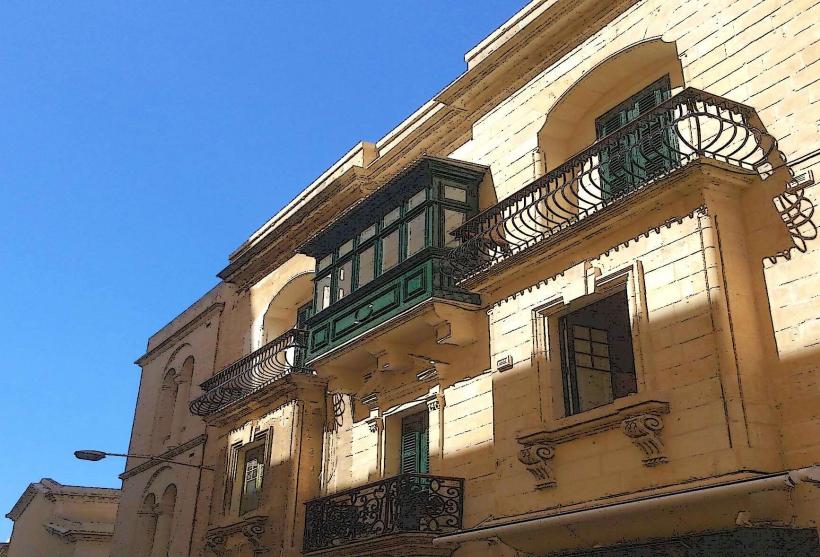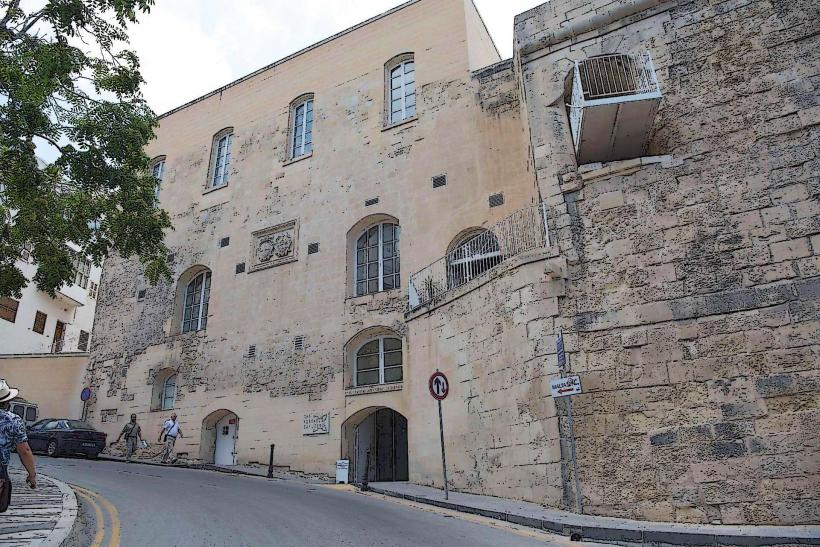Information
Landmark: Lascaris War RoomsCity: Valletta
Country: Malta
Continent: Europe
The Lascaris War Rooms are a series of underground military bunkers located in Valletta, Malta, that played a significant role during World War II. These historic war rooms served as the headquarters for the Allied forces in the Mediterranean, specifically during the Siege of Malta and subsequent operations in the Mediterranean theater. The site offers visitors an immersive and educational experience, delving into Malta’s crucial role in WWII.
History of Lascaris War Rooms
Construction and Purpose: The Lascaris War Rooms were initially built in the late 17th century as part of the fortifications of Fort Lascaris, a strategic position in Valletta. However, it wasn’t until World War II that the rooms were repurposed for military use. The British military took over the complex in the 1940s, converting it into an operational nerve center for coordinating various Allied operations in the Mediterranean, particularly during the Siege of Malta (1940-1942).
Role in World War II: The rooms became the operational headquarters for the British Royal Navy, the Royal Air Force (RAF), and the Malta Command during critical periods of the war. The space housed several key military operations rooms, including a map room, communications center, and areas for planning military strategies and coordinating the defense of Malta.
The war rooms were instrumental in directing naval operations, air raids, and military campaigns against Axis forces in the region. Malta’s strategic position made it a vital base for launching attacks against German and Italian forces in North Africa and the Mediterranean.
The Siege of Malta: During the Siege of Malta (1940-1942), the island endured intense bombing raids by the Axis powers. The Lascaris War Rooms were central to organizing the defense of the island, coordinating the movements of military aircraft and naval ships, and overseeing the complex logistics involved in keeping the island supplied despite the blockade.
Post-War Use: After the war, the Lascaris War Rooms were abandoned and left largely forgotten for many decades. In the 1990s, they were rediscovered and restored to their wartime condition, with the help of the Malta Government and military historians. Today, they serve as a museum and heritage site, offering a detailed, interactive look at Malta’s vital role in World War II.
What to See at Lascaris War Rooms
The Lascaris War Rooms are a meticulously preserved and interactive museum, offering a fascinating glimpse into the Allied operations during the war. Visitors can explore the tunnels and rooms where military leaders coordinated vital actions.
The War Rooms and Operations Centers
- The Map Room: One of the most significant areas, the Map Room, features a large-scale, original map of the Mediterranean region. The map was used to plot the movements of Allied naval forces, military operations, and air campaigns. The room showcases how strategic decisions were made during the war.
- Operations Room: This room contains original telecommunications equipment, where radio operators and signal officers coordinated messages between the various Allied forces.
- War Planning Rooms: These rooms were used to develop strategies, plan attacks, and monitor the ongoing campaigns in North Africa and the Mediterranean.
The Communications Centre:
- The war rooms contained a sophisticated communications center, with the equipment used to relay orders to military personnel and ships throughout the Mediterranean. Visitors can see some of the original radio equipment, telephone lines, and telegraph machines that helped direct operations during the war.
The Bunker Network:
- The Lascaris War Rooms are part of a larger network of underground tunnels and bunkers that were built to protect the military personnel from air raids. Visitors can walk through these dark, cool corridors and learn how the rooms were designed to withstand bombings and other attacks.
Exhibits and Artifacts:
- The site features a number of exhibits with historical items, including uniforms, documents, and photographs from the war era. Some of the key items on display include original wartime uniforms worn by British officers, maps, and documents that played a role in planning military campaigns.
- Exhibits also detail Malta’s history during WWII, including the resilience of the Maltese people during the siege and the island's significance as a naval base and staging area for attacks against Axis forces in the Mediterranean.
The Victory Room:
- The Victory Room commemorates the pivotal role Malta played during the war and features the George Cross, a medal awarded to Malta by King George VI in recognition of the bravery of the Maltese people during the siege. The room is designed to remind visitors of the island’s wartime sacrifice and victory.
The Memorials:
- The Lascaris War Rooms also include memorials to those who lost their lives during the war, both military personnel and civilians. These tributes honor the courage and resilience of Malta’s people and its defenders during the darkest days of the war.
Visitor Experience
Guided Tours: The Lascaris War Rooms offer guided tours to help visitors understand the historical significance of the site. The guides provide in-depth explanations of the rooms’ functions, the Battle of Malta, and the role of the Lascaris War Rooms during the war. Tours are often led by experts or military historians, adding context to the experience.
Opening Hours: The Lascaris War Rooms are typically open daily from 9:30 AM to 5:00 PM. It is advisable to check the official website or contact the site for the most up-to-date hours, as they may vary during public holidays or special events.
Admission Fees: There is an entrance fee to visit the Lascaris War Rooms, with discounts for students, seniors, and groups. Family tickets and guided tours may also be available at special rates.
Family-Friendly: The Lascaris War Rooms can be an interesting and educational experience for families, especially for those with an interest in history or military strategy. The interactive exhibits and historical artifacts appeal to visitors of all ages.
Why Visit Lascaris War Rooms?
Historical Significance: The Lascaris War Rooms are a crucial part of Malta’s history during World War II. The site offers a detailed account of how the island contributed to the Allied war effort and provides insight into Malta’s role as a vital military base in the Mediterranean.
Interactive Experience: The museum is designed to engage visitors with its interactive exhibits, original equipment, and historical displays. It is one of the best places to learn about Malta’s wartime experience and the strategic importance of the island during the conflict.
Preservation of Heritage: The Lascaris War Rooms are well-preserved and offer a unique opportunity to explore a significant military site. The site has been carefully restored to maintain its wartime atmosphere, making it a living monument to the past.
Education and Engagement: The Lascaris War Rooms provide an educational experience for all visitors, with a focus on the role of communication, coordination, and strategy during wartime. It is an engaging way to understand Malta’s wartime history and its global significance during World War II.
Nearby Attractions
Upper Barracca Gardens: Located a short walk from the Lascaris War Rooms, the Upper Barracca Gardens offer beautiful views of the Grand Harbour and are a great place to relax after a visit to the war rooms.
Fort St. Elmo: Situated nearby, Fort St. Elmo houses the National War Museum and offers another look into Malta’s military history during World War II.
St. John’s Co-Cathedral: One of the most important historical and religious sites in Valletta, this Baroque cathedral is located within walking distance.
The Lascaris War Rooms provide a fascinating look at the critical role that Malta played during World War II. It’s a must-see site for history enthusiasts, offering an immersive experience that brings the island’s wartime history to life.


